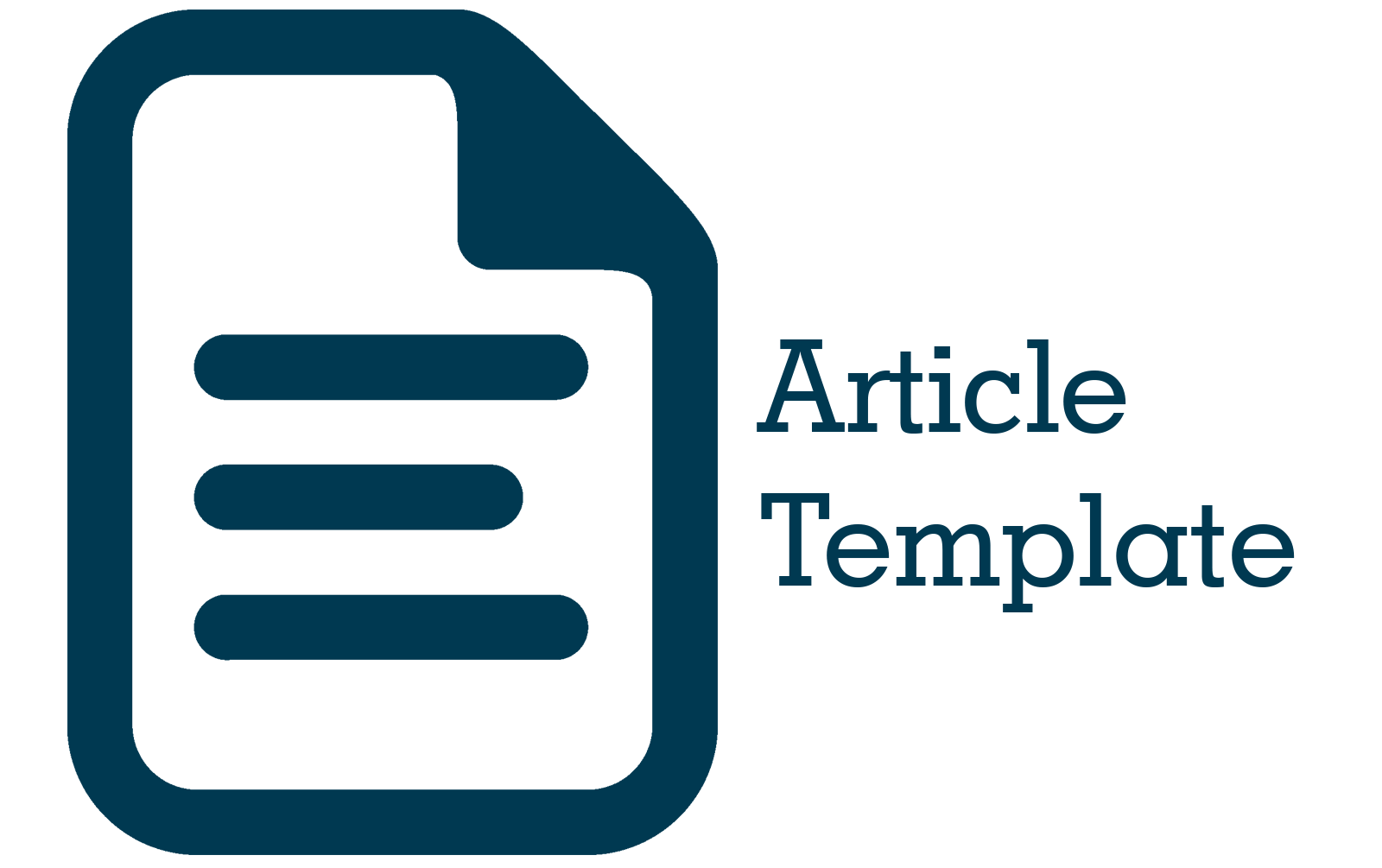Pengukuran Implicit Association terhadap Istilah yang Berkaitan dengan Narkoba pada Remaja SMA
Abstract
The problem of drugs in Indonesia is becoming serious because the cases are increasing among teenagers. The National Narcotics Agency has carried out various prevention program efforts, one of which is the "Anti-Drugs" campaign. There are various terms used in drug prevention campaigns. There is an impact of the terms used, one of which is the effect on the implicit association. This study aims to look at the different levels of implicit association with the terms narkoba, NAPZA, pecandu, dan penyalahguna in adolescents at SMA Telkom Bandung. This study uses a quantitative method with a nonprobability sampling technique, namely convenience sampling. Researchers create a google form to select participants according to the characteristics of the sample. The measuring tool used in this study uses the GNAT (Go No-Go Association Task) which measures the strength of the implicit association on the target words narkoba, NAPZA, pecandu, and penyalahguna paired with evaluative attributes. Data analysis in this study uses d-prime (d), which measures the sensitivity of each term where greater sensitivity indicates a stronger association with the term. Hypothesis testing with data processing is done with the JASP program. The results show that there is a level of implicit association in the terms narkoba, NAPZA, pecandu, and penyalahguna with positive and negative evaluative attributes.
Permasalahan narkoba di Indonesia marak terjadi dan kasusnya meningkat di kalangan remaja. Oleh karena itu berbagai upaya pencegahan dilakukan salah satunya seperti kampanye “Anti Narkoba”. Terdapat istilah yang bervariasi yang digunakan dalam kampanye pencegahan narkoba. Terdapat dampak dari istilah yang digunakan tersebut salah satunya berpengaruh pada implicit association. Penelitian ini bertujuan untuk melihat perbedaan level implicit association terhadap istilah narkoba, NAPZA, pecandu, dan penyalahguna terhadap remaja SMA. Penelitian ini menggunakan metode kuantitatif dengan teknik sampling nonprobability yaituconvenience sampling. Peneliti menyebarkan google form untuk menjaring partisipan. Alat ukur yang digunakan dalam penelitian ini menggunakan GNAT (Go No-Go Association Task) yang mengukur kekuatan implicit association pada kata target narkoba, NAPZA, pecandu, dan penyalahguna dipasangkan dengan atribut evaluatif. Analisis data penelitian ini menggunakan d-prime (d’) yaitu mengukur sensitivitas dari setiap istilah dimana sensitivitas yang lebih besar menunjukkan asosiasi yang lebih kuat pada istilah. Uji hipotesis dengan pengolahan data dilakukan dengan program JASP. Hasil menunjukkan bahwa terdapat level implicit association pada istilah narkoba, NAPZA, pecandu, dan penyalahguna dengan atribut evaluatif positif dan negatif.
References
BNN, “Penggunaan Narkotika di Kalangan Remaja Meningkat,” Aug. 12, 2019.
BNN, “Kerentanan Remaja Terhadap Penyalahgunaan Narkoba,” 2018.
BNN, “Rehabilitasi Penting Bagi Korban Penyalahgunaan Narkoba,” 2020.
BNN, “Pecahkan Rekor MURI, BNN RI Gemakan War On Drugs Lewat Lantunan ‘Anti Narkotika’ Ke Seluruh Penjuru Negeri,” 2023.
J. F. Kelly, S. E. Wakeman, and R. Saitz, “Stop talking ‘dirty’: Clinicians, language, and quality of care for the leading cause of preventable death in the United States,” American Journal of Medicine, vol. 128, no. 1. Elsevier Inc., pp. 8–9, 2015. doi: 10.1016/j.amjmed.2014.07.043.
R. D. Ashford, A. M. Brown, and B. Curtis, “Substance use, recovery, and linguistics: The impact of word choice on explicit and implicit bias,” Drug Alcohol Depend, vol. 189, pp. 131–138, Aug. 2018, doi: 10.1016/j.drugalcdep.2018.05.005.
C. Fitzgerald and S. Hurst, “Implicit bias in healthcare professionals: A systematic review,” BMC Med Ethics, vol. 18, no. 1, Mar. 2017, doi: 10.1186/s12910-017-0179-8.
J. F. Kelly, S. J. Dow, and C. Westerhoff, “DOES OUR CHOICE OF SUBSTANCE-RELATED TERMS INFLUENCE PERCEPTIONS OF TREATMENT NEED? AN EMPIRICAL INVESTIGATION WITH TWO COMMONLY USED TERMS 806 JOURNAL OF DRUG ISSUES,” 2010.
S. Clement et al., “What is the impact of mental health-related stigma on help-seeking? A systematic review of quantitative and qualitative studies,” Psychological Medicine, vol. 45, no. 1. Cambridge University Press, pp. 11–27, Jan. 12, 2015. doi: 10.1017/S0033291714000129.
P. Simanungkalit, D. Pimpinan, and N. Gepenta, “MODEL PEMIDANAAN YANG IDEAL BAGI KORBAN PENGGUNA NARKOBA DI INDONESIA,” 2012.
W. D. Crano, E. M. Alvaro, C. N. Tan, and J. T. Siegel, “Social mediation of persuasive media in adolescent substance prevention,” Psychology of Addictive Behaviors, vol. 31, no. 4, pp. 479–487, Jun. 2017, doi: 10.1037/adb0000265.
R. C. Hornik, “Public Health Communication Evidence for Behavior Change,” 2002. [Online]. Available: www.erlbaum.com
H. Robert, “The Case of the National Youth Anti-Drug Media Campaign,” 2003.
K. Michael and H. Ben-Zur, “Risk-taking among adolescents: Associations with social and affective factors,” J Adolesc, vol. 30, no. 1, pp. 17–31, Feb. 2007, doi: 10.1016/j.adolescence.2005.03.009.
A. R. Smith, J. Chein, and L. Steinberg, “Impact of socio-emotional context, brain development, and pubertal maturation on adolescent risk-taking,” Hormones and Behavior, vol. 64, no. 2. pp. 323–332, Jul. 2013. doi: 10.1016/j.yhbeh.2013.03.006.
L. Popova and B. L. Halpern-Felsher, “A longitudinal study of adolescents’ optimistic bias about risks and benefits of cigarette smoking,” Am J Health Behav, vol. 40, no. 3, pp. 341–351, May 2016, doi: 10.5993/AJHB.40.3.6.
J. R. Thompson, “THE ROUTLEDGE HANDBOOK OF PHILOSOPHY AND IMPLICIT COGNITION,” New York, 2023. doi: 10.4324/9781003014584.
B. Gawronski and G. V. Bodenhausen, The associative-propositional evaluation model. Theory, evidence, and open questions, vol. 44. 2011. doi: 10.1016/B978-0-12-385522-0.00002-0.
B. A. Nosek, M. R. Banaji, and B. Nosek, “THE GO/NO-GO ASSOCIATION TASK,” 2001. [Online]. Available: www.briannosek.com
U. Alifia, Apa Itu Narkotika dan Napza?, 1st ed., vol. 1. 2010.
A. G. Greenwald, L. A. Rudman, B. A. Nosek, M. R. Banaji, S. D. Farnham, and D. S. Mellott, “A unified theory of implicit attitudes, stereotypes, self-esteem, and self-concept,” Psychol Rev, vol. 109, no. 1, pp. 3–25, 2002, doi: 10.1037/0033-295X.109.1.3.











